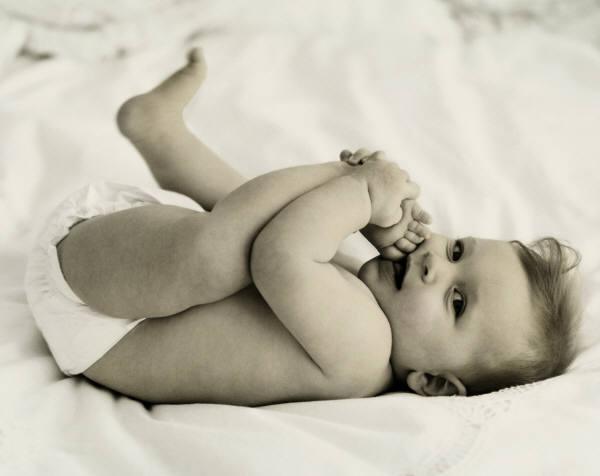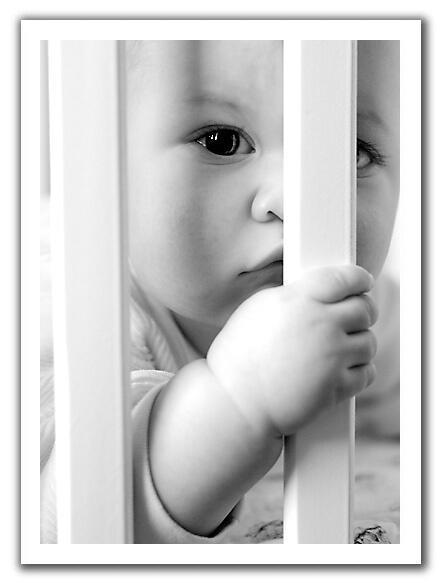After Rome, we headed for the birthplace of Renaissance arts, Florence, where artistic works of Leonardo and Michelangelo are widely accessible. Florence is a really small city, and all the areas of interest are easily reached by foot. We started off with a visit to Basilica di Santa Maria Novella (Basilica of Santa Maria Novella), one of Florence's major churches.

Making our way to the heart of Florence, we walked past the streets around the Mercato Centrale (Central Market) and Piazza San Lorenzo filled with colourful market stalls that sell everything from cheese to china to leather products. Beats me why I didn't snap any photo of this colourful market :-( We didn't stop to shop for the famous Florentine leather, but continued on towards Basilica di San Lorenzo (Basilica of St Lawrence) with its incomplete, rough hewn façade. It is one of the oldest churches in Italy, and contains the Biblioteca Laurenziana (Laurentian Library), famous as a repository of more than 11,000 manuscripts and 4,500 early printed books.

The Palazzo Medici-Riccardi was built in 1444, and is the most typical example of privately commissioned Florentine palazzo. Inside there is an elegant courtyard, a small Italian garden and Cappella dei Magi, famed for its colourful and gorgeous frescoes.

Florence's most popular site is its Duomo (cathedral), the Cattedrale de Santa Maria del Fiore (Cathedral of Santa Maria dei Fiori). The huge Gothic duomo was begun in 1296, consecrated in 1436, and holds 20,000 people. Its exterior, made of green, pink, and white marble, has several elaborate doors and interesting statues.
To the right of the cathedral rises the Campanile (Bell Tower). The square tower is covered with green, red and white marble inlays, decorated with panels and carvings, and made graceful by double- and triple-windows.

The Duomo and the Campanile
 Statues decorating the exterior of the Duomo
Statues decorating the exterior of the DuomoOpposite the cathedral stands the green and white marble Baptistery of San Giovanni (Baptistery of John the Baptist), whose interior is decorated with mosaics. The splendid bronze doors, termed the Gates of Paradise, guards Florence's oldest, most venerated buildings. The name comes from Michelangelo's description of the doors: "They are so beautiful that they would grace the entrance to Paradise."

 The Gates of Paradise
The Gates of Paradise Close-up of several panels of the Gates of Paradise
Close-up of several panels of the Gates of ParadiseFlorence's most famous square is Piazza della Signoria, the heart of the historic center and a free open-air sculpture exhibit, dominated by Michelangelo's David (a copy of the original, which used to stand here). The piazza has been Florence's political center since the middle ages and the medieval Palazzo Vecchio with elaborately decorated public rooms and private apartments, sits on the piazza. Today, the Palazzo Vecchio still contains the office of Florence's Mayor and the City Council.

Palazzo Vecchio
 The most famous man in Florence, Michelangelo's David
The most famous man in Florence, Michelangelo's David
Some of the statues around Piazza della Signoria

The central courtyard in Palazzo Vecchio, and more statues in the palace







1 comment:
such beautiful photos
Post a Comment